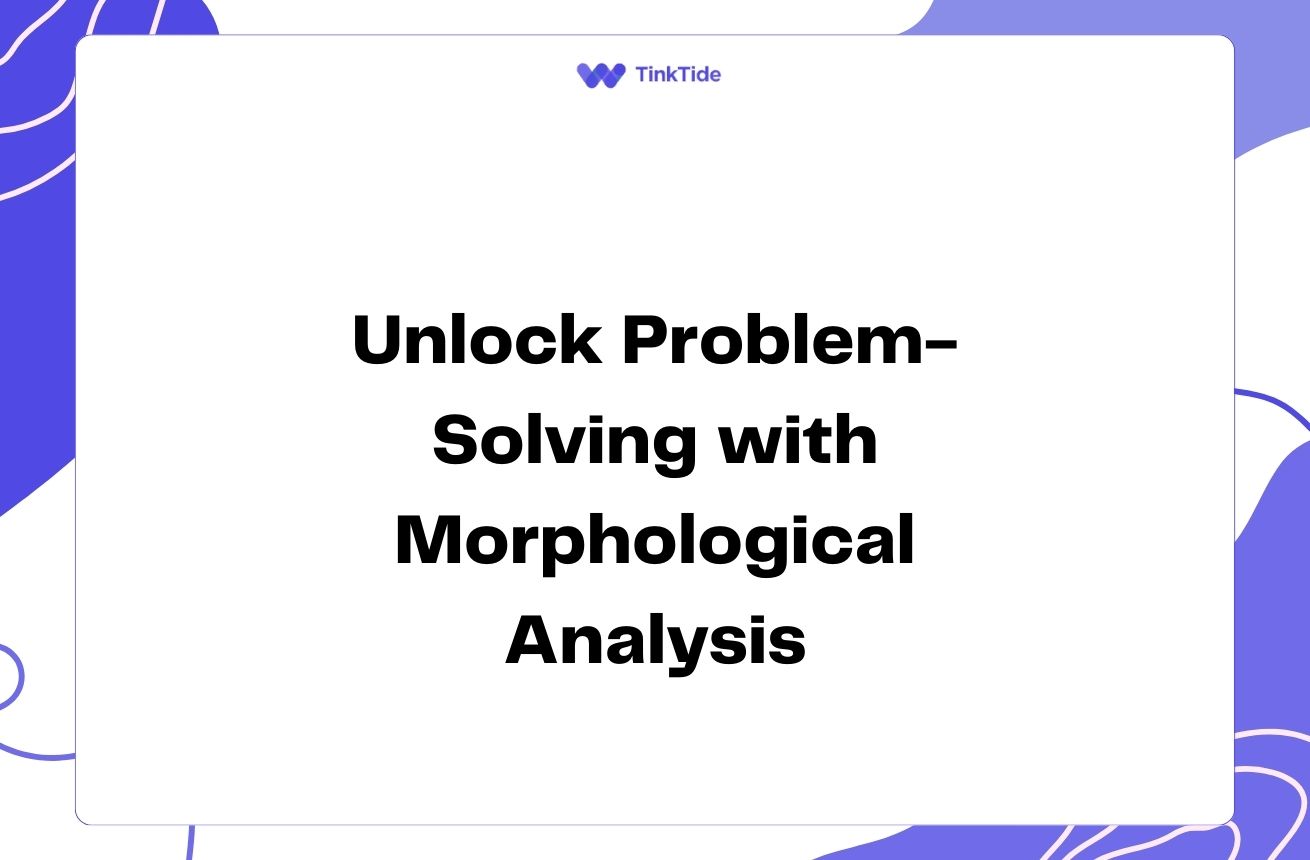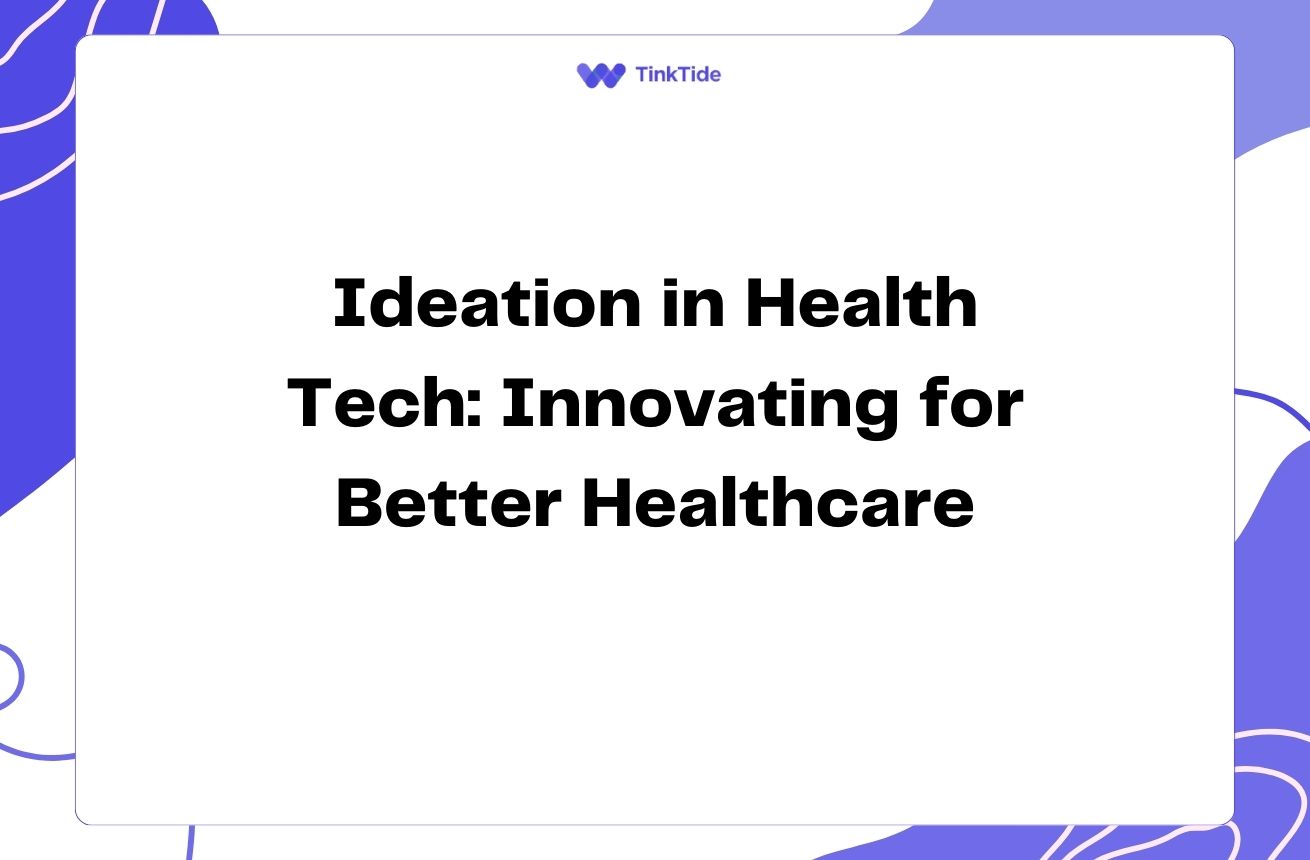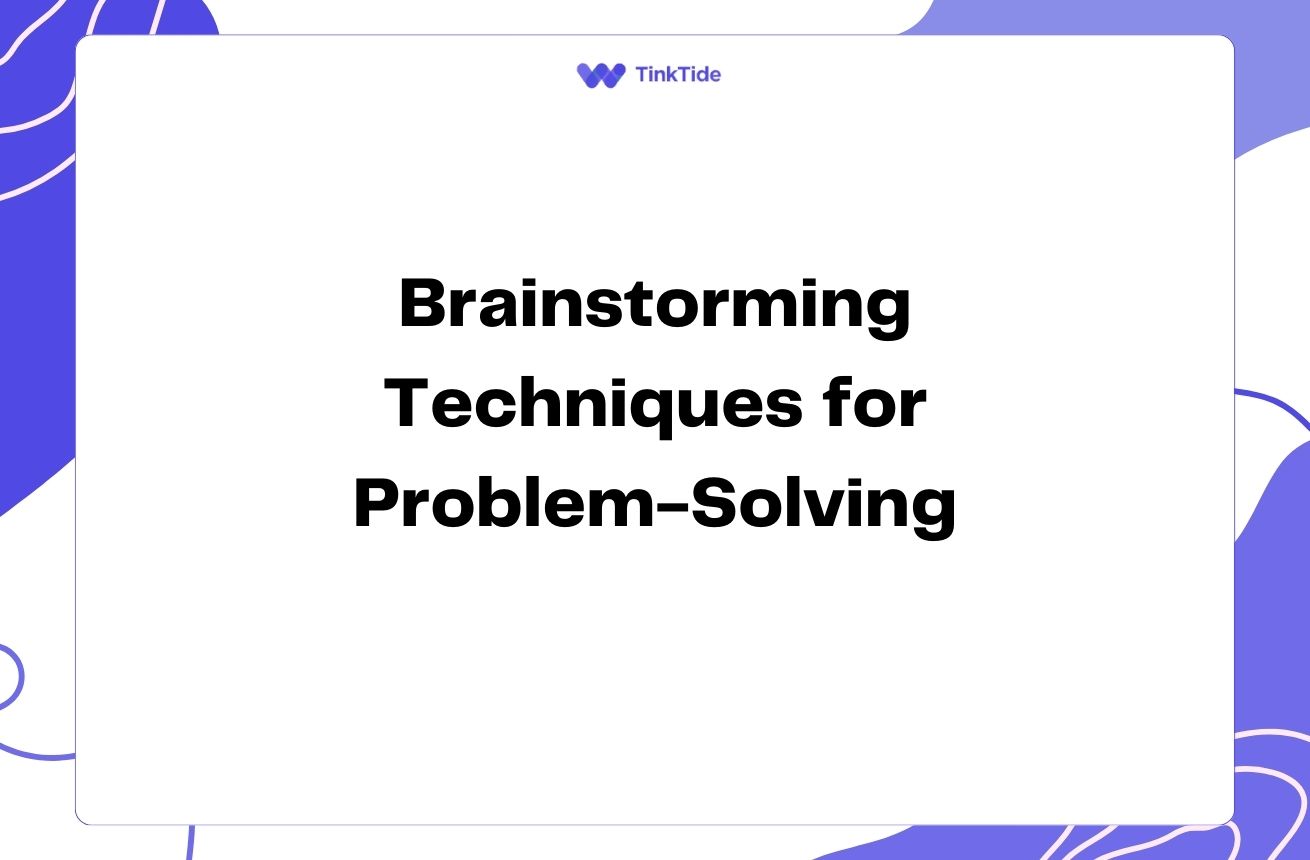Cutting-Edge AI Technologies Fueling Innovation
The AI Revolution in Ideation
Artificial Intelligence (AI) is rapidly transforming the landscape of innovation and ideation. By leveraging advanced algorithms and massive datasets, AI technologies are enabling businesses and individuals to generate novel ideas, solve complex problems, and push the boundaries of creativity.
The fusion of AI with human ingenuity is creating a new paradigm for innovation. Technologies like machine learning, natural language processing, and computer vision are not just automating tasks but are actively contributing to the ideation process, offering fresh perspectives and uncovering hidden patterns that humans might overlook.
As we delve into the cutting-edge AI technologies driving new ideas, it's important to understand how these tools are reshaping various industries and opening up new possibilities for innovation.
Key AI Technologies Powering Ideation
Several AI technologies are at the forefront of driving innovation and new ideas. Let's explore some of the most impactful ones:
- Machine Learning and Deep Learning
- Natural Language Processing (NLP)
- Computer Vision
- Generative AI
- Reinforcement Learning
Machine Learning and Deep Learning
Machine Learning (ML) and its subset, Deep Learning, form the backbone of many AI-driven ideation tools. These technologies enable systems to learn from data and improve their performance over time without explicit programming.
In the context of ideation, ML algorithms can analyze vast amounts of data to identify patterns, trends, and correlations that humans might miss. For example, IBM's Watson uses ML to assist in drug discovery by analyzing scientific literature and clinical data, suggesting novel compounds and potential drug candidates.
Deep Learning, with its neural network architectures, is particularly adept at handling complex, unstructured data. This capability is crucial for generating ideas in fields like art, music, and product design. For instance, NVIDIA's GauGAN uses deep learning to turn simple sketches into photorealistic landscapes, inspiring new possibilities in digital art and design.
Natural Language Processing (NLP)
Natural Language Processing is revolutionizing how we interact with machines and process textual information. In the realm of ideation, NLP is powering advanced language models that can generate human-like text, answer questions, and even engage in creative writing.
One of the most prominent examples is OpenAI's GPT (Generative Pre-trained Transformer) series. These models can assist in brainstorming sessions, content creation, and even coding. They can generate novel ideas by combining information from vast training datasets in unique ways.
NLP is also enhancing idea generation through sentiment analysis and topic modeling. By analyzing social media trends, customer feedback, and industry reports, NLP tools can identify emerging trends and unmet needs, fueling innovation in product development and marketing strategies.
Computer Vision
Computer Vision technology is opening up new avenues for visual ideation and design. By enabling machines to 'see' and interpret visual information, computer vision is driving innovation in fields ranging from autonomous vehicles to augmented reality.
In the context of ideation, computer vision algorithms can analyze images and videos to extract insights, recognize patterns, and even generate new visual content. For example, Adobe's Sensei AI uses computer vision to power features like content-aware fill and smart object selection, revolutionizing the creative process for designers and artists.
Computer vision is also playing a crucial role in product design and prototyping. By analyzing 3D scans and renderings, AI can suggest improvements, optimize designs for manufacturing, and even generate entirely new design concepts based on specified parameters.
Generative AI
Generative AI represents a paradigm shift in how we approach creativity and ideation. These systems can create new content, from text and images to music and 3D models, pushing the boundaries of what's possible in creative fields.
One of the most exciting developments in this area is the emergence of DALL-E by OpenAI, which can generate unique images from textual descriptions. This technology is not only creating new possibilities for visual artists but also helping product designers and marketers visualize concepts quickly.
In the realm of music, generative AI tools like MuseNet are composing original pieces and assisting musicians in the creative process. These technologies are not replacing human creativity but rather augmenting it, offering new sources of inspiration and expanding the creative palette.
Leveraging AI for Innovation: A Step-by-Step Approach
To harness the power of AI for ideation and innovation, consider following these steps:
- Step 1: Identify the problem or area for innovation
- Step 2: Gather and prepare relevant data
- Step 3: Choose appropriate AI tools and technologies
- Step 4: Train and fine-tune AI models
- Step 5: Generate and evaluate ideas
- Step 6: Refine and implement the best concepts
The Future of AI-Driven Ideation
As AI technologies continue to evolve, we can expect even more sophisticated tools for ideation and innovation. Emerging trends like explainable AI (XAI) will make AI-generated ideas more transparent and trustworthy, while advances in quantum computing may unlock entirely new realms of possibility for AI-driven creativity.
The integration of AI with other emerging technologies like blockchain and the Internet of Things (IoT) will likely create new synergies, leading to innovative solutions in fields like supply chain management, smart cities, and personalized healthcare.
However, as we embrace these powerful tools, it's crucial to maintain a balance between AI-driven insights and human creativity. The most successful innovations of the future will likely arise from the synergy between human intuition and AI's analytical prowess.
Common Questions About AI in Ideation
As AI becomes more prevalent in the ideation process, several questions often arise:
Can AI truly be creative?
While AI can generate novel combinations and ideas based on existing data, true creativity involving consciousness and intention remains a human trait. AI serves as a powerful tool to augment and inspire human creativity rather than replace it.
How does AI impact intellectual property in ideation?
The use of AI in ideation raises complex questions about intellectual property rights. Currently, most jurisdictions only recognize human-created works for copyright protection. However, as AI becomes more integral to the creative process, legal frameworks may need to evolve to address AI-generated or AI-assisted creations.
What are the ethical considerations of using AI for ideation?
Ethical concerns include potential biases in AI-generated ideas, the transparency of AI decision-making processes, and the impact on human jobs in creative fields. It's crucial to implement AI responsibly, with human oversight and clear guidelines for its use in ideation processes.
How can businesses integrate AI into their innovation processes?
Businesses can start by identifying areas where AI can add value to their ideation processes. This might involve using AI for data analysis, trend prediction, or idea generation. Gradually integrating AI tools, providing training to employees, and fostering a culture of AI-human collaboration are key steps.
What skills will be important for working with AI in ideation?
Skills such as data literacy, critical thinking, and the ability to interpret AI outputs will be crucial. Additionally, creativity in framing problems for AI and the ability to synthesize AI-generated insights with human expertise will be valuable.
Additional Resources
MIT Technology Review
Stay updated on the latest AI developments and their impact on innovation.
Google AI
Explore Google's AI projects and tools for developers and researchers.
AI for Everyone
A course by Andrew Ng on Coursera, providing a non-technical overview of AI and its business applications.
AI & Machine Learning Deployment
DeepLearning.AI offers courses on implementing AI and machine learning in various domains.
AI Ethics Guidelines
UNESCO's guidelines on the ethical use of AI, important for responsible innovation.
Embracing the AI-Powered Future of Innovation
The integration of AI technologies in ideation and innovation processes represents a significant leap forward in human creativity and problem-solving capabilities. From machine learning algorithms uncovering hidden patterns to generative AI pushing the boundaries of creative expression, these technologies are reshaping how we approach challenges and envision solutions.
As we continue to explore and refine these AI tools, it's crucial to approach their use thoughtfully, balancing the power of artificial intelligence with human insight and ethical considerations. The future of innovation lies not in AI alone, but in the synergy between human creativity and AI's analytical and generative capabilities.
By embracing these cutting-edge AI technologies and learning to leverage them effectively, individuals and organizations can unlock new realms of possibility, driving innovation and addressing complex challenges in ways previously unimaginable.
Supercharge Your Innovation with AI
Discover how Tinktide can help you harness the power of AI for groundbreaking ideas and solutions.
Start Your Free Trial

